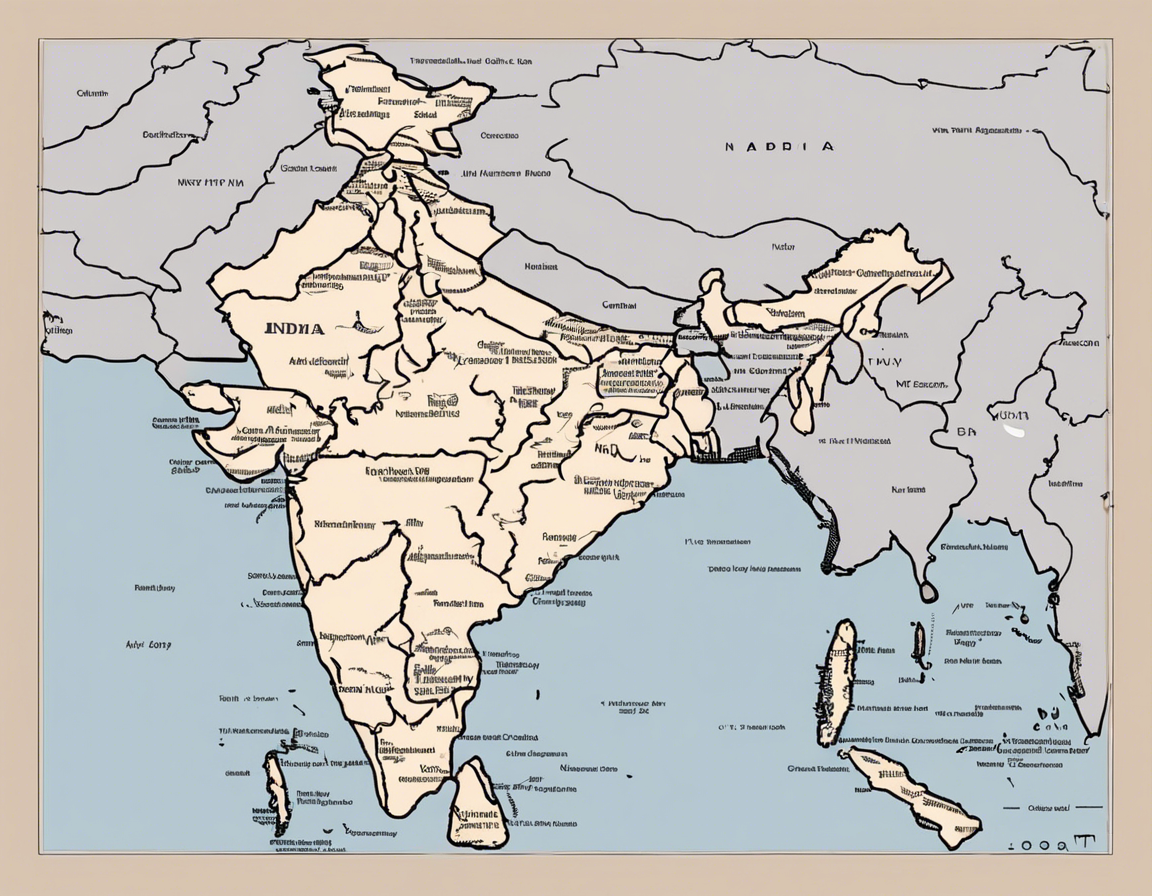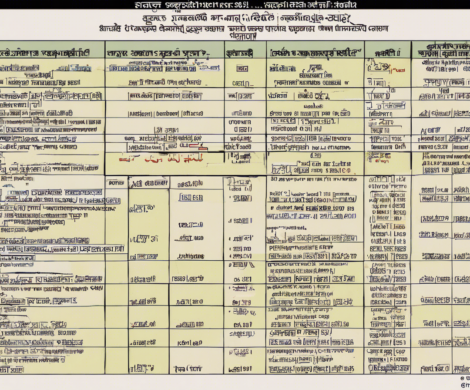Exploring India: Outline Map Details

India is a land of diverse cultures, traditions, landscapes, and people. Its rich history dates back thousands of years, and it’s a country that has something for every type of traveler. If you’re planning a trip to India or just want to learn more about this fascinating country, exploring an outline map of India can be a great way to start.
Exploring India through an Outline Map
An outline map of India provides a basic visual representation of the country’s land boundaries without any additional details. It is a simplistic yet powerful tool that can help you understand the geographical layout of India at a glance. Here’s how you can make the most of exploring an outline map of India:
Understanding the Geography
- North to South: India spans a vast expanse from the Himalayas in the north to the Indian Ocean in the south. The outline map clearly depicts the elongated shape of the country.
- East to West: The country extends from the Bay of Bengal in the east to the Arabian Sea in the west. You can see the breadth of the country on the map.
- Bordering Countries: India shares its borders with several countries, including Pakistan, China, Nepal, Bhutan, Bangladesh, and Myanmar. The outline map shows these neighboring nations.
- Geographical Features: The outline map can give you a basic idea of the major geographical features of India, such as the Northern Plains, Western and Eastern Ghats, Thar Desert, Indo-Gangetic Plain, and the Deccan Plateau.
Exploring States and Union Territories
- State Borders: With an outline map, you can easily distinguish the various states and union territories of India. Each state has its own unique shape, and the outline map helps in recognizing these shapes.
- Capital Cities: By looking at the outline map, you can identify the capital cities of different states and union territories. For example, Delhi, Mumbai, Kolkata, Chennai, and Hyderabad are prominent cities that you can locate on the map.
- Union Territories: The outline map also highlights the union territories of India, such as Delhi, Puducherry, Chandigarh, and the Andaman and Nicobar Islands.
Historical Significance
- Colonial Legacy: The outline map can remind you of India’s colonial past, with various regions that were once under British, French, or Portuguese rule. This historical context adds depth to your understanding of India’s past.
- Cultural Diversity: India’s cultural diversity is reflected in its state boundaries. Each state has its own languages, traditions, and customs, which are integral to the country’s identity.
Travel Planning
- Tourist Destinations: Using the outline map, you can pinpoint popular tourist destinations across India, ranging from the snow-capped mountains of the Himalayas to the pristine beaches of Goa and Kerala.
- Road Trips: If you’re a fan of road trips, the outline map can help you plan your route across different states, allowing you to experience the varied landscapes and cuisines along the way.
Frequently Asked Questions (FAQs)
-
What is the significance of the shape of India on the outline map?
India’s shape is often likened to a kite or a diamond, reflecting its unique geographical positioning in South Asia. -
How many states and union territories are there in India?
India comprises 28 states and 8 union territories, each with its own administrative setup. -
Can an outline map of India help in understanding the country’s topography?
While an outline map provides basic geographical details, a physical map with topographic features is more suited for understanding India’s varied terrain. -
Are there any disputed regions in India that can be identified on an outline map?
Yes, regions like Jammu and Kashmir, as well as parts of Arunachal Pradesh, are areas of territorial dispute with neighboring countries that can be understood on an outline map. -
How can I use an outline map of India for educational purposes?
Teachers often use outline maps of India to teach students about the country’s geography, states, and capitals, fostering a better understanding of the nation as a whole. -
Does the outline map of India change over time due to geopolitical reasons?
While the basic outline remains the same, modifications in state boundaries or the creation of new union territories may lead to updates in the outline map.
Exploring India through an outline map can be a fascinating and educational experience, allowing you to appreciate the country’s vast diversity and rich heritage from a geographic perspective. It serves as a foundational tool for understanding the complexities and beauty of India’s landscapes, cultures, and people.






